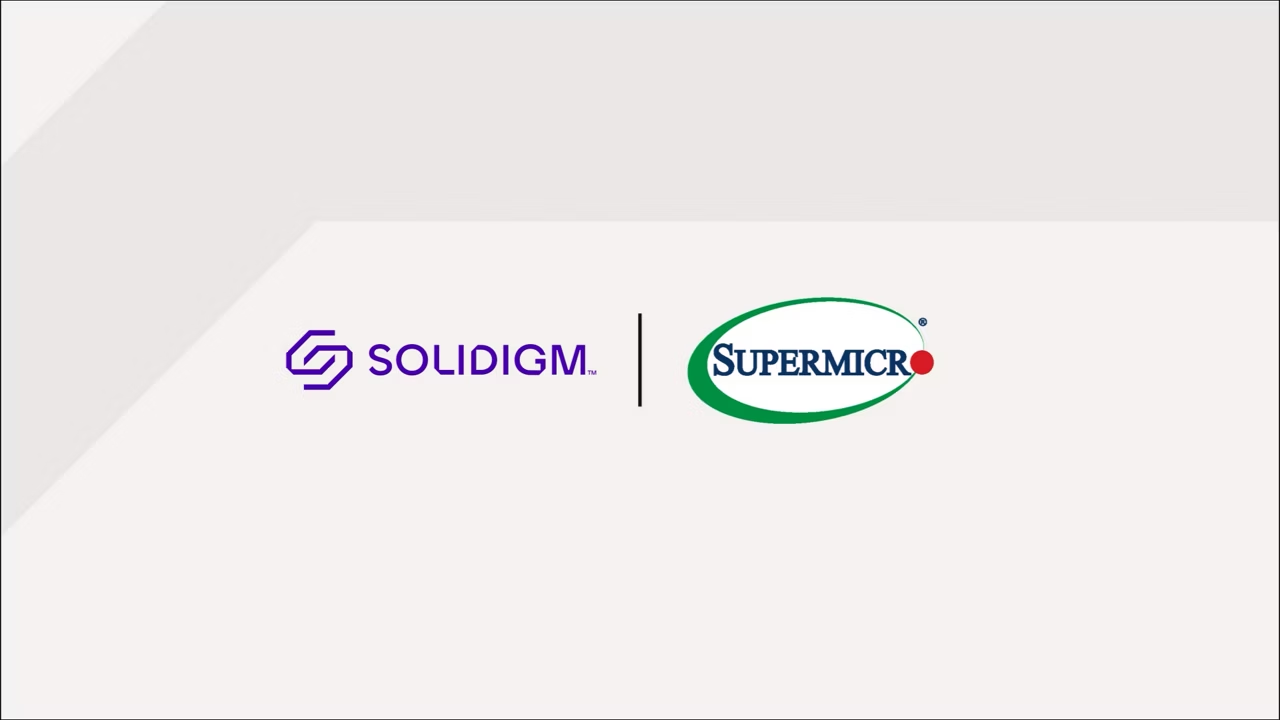Solidigm and Supermicro Roundtable Discussion

Doubling Down on Density
It can be challenging to choose the best data storage option due to the wide range of workloads deployed today. Many storage architects design their infrastructure for worst-case scenarios but today’s workloads are changing, with mainstream applications becoming increasingly data intensive.
In an in-depth roundtable discussion hosted by Gestalt IT, Tahmid Rahman, Data Center Director at Solidigm, and Patrick Chiu, Senior Director of Product Management at Supermicro, discuss the benefits of next-generation QLC storage for enterprise and the cloud while addressing some of the industry’s top questions around the benefits of high-density QLC storage with Supermicro’s E3 Petascale high-performance servers.
View an excerpt from that roundtable discussion here or watch the full video on Gestalt.com by clicking this link.
How does a storage architect choose the right SSD for their workload?
One key takeaway from this discussion is that both Solidigm and Supermicro are doubling down on density. One of the top questions addressed: How does a storage architect choose the right SSD for their workload?
While mainstream and read-intensive workloads are becoming more common, a wide range of workloads exist today—and will continue to exist. Mainstream workloads tend to have an 80/20 read/write ratio or higher. Similar to the mixed-workload category, these workloads are best served by solid-state drives with balanced performance. But because the degree of writes is lower for these workloads, drives with streamlined write performance can often be deployed in this category.
For workloads that are read and data intensive, applications typically require a very high percentage of reads and tend to cluster around a 90/10 read/write ratio or higher. Many of these applications are tasked with storing and moving massive amounts of data at high throughput. Some, however, are tasked simply with efficiently storing massive amounts of data that are accessed infrequently. Assessing which category your data storage needs falls into allows you to choose the “right-sized" solution, which may come with benefits like cost savings and sustainability.
Storage solutions for today's workloads
With the advent of the EDSFF E3 form factor, there will be even greater benefits in density and efficiency. Storge is no longer “one-size fits all.” Solidigm is now offering an E3 SSD with capacity up to 30 TB. This new form factor, at this capacity, will enable up to a petabyte of storage in 1U within Supermicro’s E3 Petascale platform—enabling a variety of cloud and enterprise workloads to gain more insights from data, faster and more affordably.